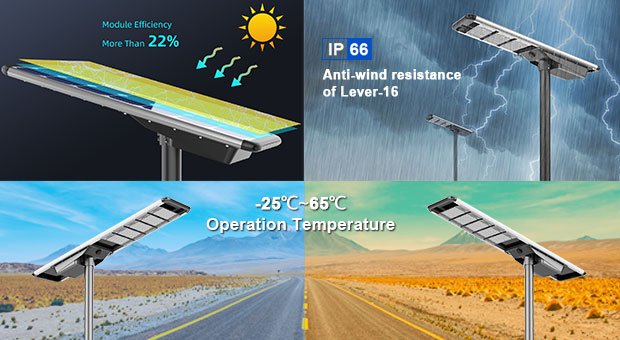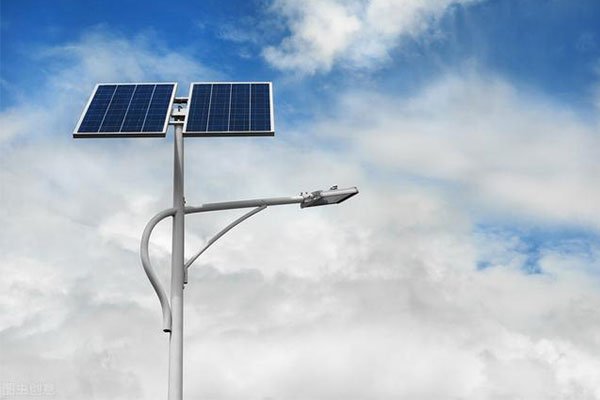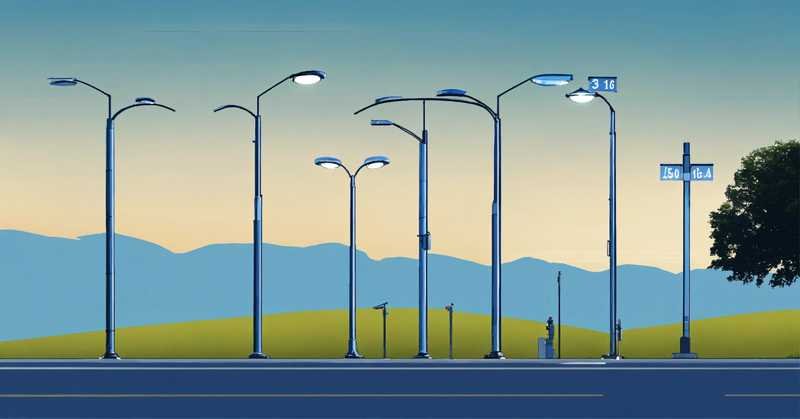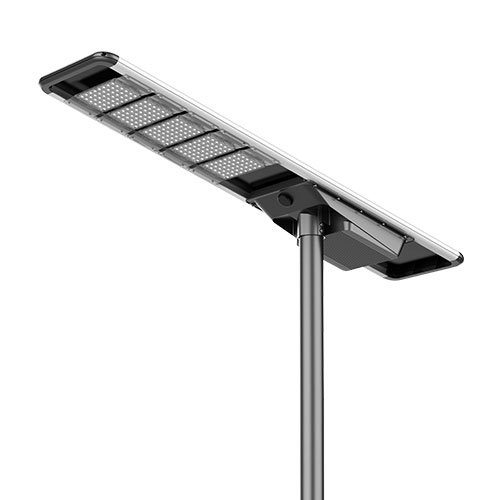Street lighting plays a crucial role in public infrastructure, ensuring safety, visibility, and energy consumption efficiency. As urban and rural areas expand, decision-makers must choose between traditional grid-powered street lights and solar-powered street lights.
Solar street lights offer long-term savings and sustainability, while traditional street lights provide consistent brightness with grid reliability. Understanding the cost differences between these two options is key to making an informed decision.
This article provides a detailed cost comparison between solar and traditional street lights, helping you determine the best option for your needs.
Traditional Street Lights: Functionality and Cost Analysis

1. How Traditional Street Lights Work
Traditional street lights rely on grid power and typically consist of the following components:
- Lighting Fixture: Uses high-intensity discharge (HID) lamps or LED bulbs.
- Wiring & Transformers: Connects to the main power grid, requiring underground cable installation.
- Power Source: Draws electricity from the grid for consistent operation.
Traditional street lights are commonly found in urban centers, highways, and industrial parks where power infrastructure is already in place.
2. Pros and Cons of Traditional Street Lights
✅ Advantages:
- Consistent Power Supply: Operates 24/7 without relying on weather conditions.
- Proven Technology: Widely used with readily available replacement parts and maintenance services.
❌ Disadvantages:
- High Installation Costs: Requires trenching, wiring, and transformer connections, leading to expensive setup costs.
- Ongoing Electricity Costs: Continuous power consumption results in high annual electricity expenses.
- Frequent Maintenance: Transformers, bulbs, and wiring require regular replacements.
- Environmental Impact: Relies on fossil-fuel-generated electricity, contributing to carbon emissions.
Solar Street Lights: Functionality and Cost Analysis

1. How Solar Street Lights Work
Solar street lights operate independently of the electrical grid, using renewable solar energy:
- Solar Panel Absorption: Converts sunlight into electrical energy.
- Battery Storage: Stores energy during the day for nighttime use.
- LED Lighting Activation: Automatically turns on at dusk, powered by stored battery energy.
- Smart Control System: Manages charging and lighting efficiency, ensuring optimal performance.
Solar street lights are ideal for remote locations, eco-friendly projects, and areas where grid connection is costly.
2. Pros and Cons of Solar Street Lights
✅ Advantages:
- Zero Electricity Costs: Runs entirely on solar power, eliminating monthly electricity bills.
- Easy Installation: No wiring required, making it ideal for off-grid locations.
- Low Maintenance: Requires occasional cleaning of solar panels and periodic battery replacements.
- Eco-Friendly Solution: Reduces carbon emissions and supports sustainability goals.
❌ Disadvantages:
- Weather Dependency: Efficiency may decrease in prolonged cloudy or winter conditions.
- Battery Replacement Required: Batteries typically last 5-10 years before needing replacement, but the overall cost remains lower than traditional lights.
Solar vs. Traditional Lights: Full Cost Comparison
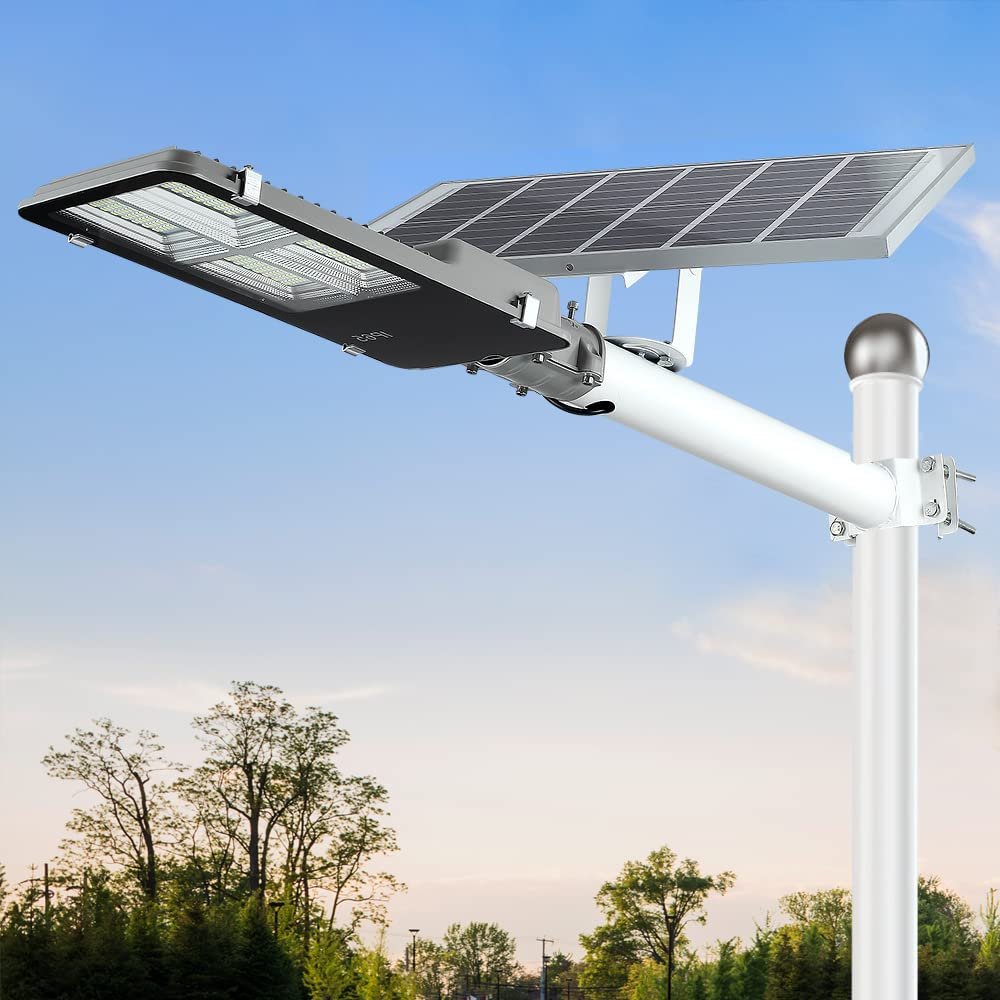 | Comparison Factor | Traditional Street Lights | Solar Street Lights |
|---|---|---|---|
| Initial Cost (per unit) | $2,000 – $5,000 | $1,000 – $2,500 | |
| Installation Cost | High (wiring, trenching, transformer setup) | Low (standalone installation) | |
| Electricity Costs | $150 – $300 per year | $0 (free solar energy) | |
| Maintenance Costs | High (bulb, transformer, cable replacement) | Low (battery replacement every 5-10 years) | |
| Lifespan | 10-15 years | 20-25 years | |
| Environmental Impact | High carbon emissions | Zero emissions, eco-friendly |
Key Takeaways:
- Solar lights have lower installation and operational costs.
- Traditional lights have higher initial and long-term expenses due to electricity and maintenance.
- Solar lights provide a longer lifespan and support green energy initiatives.
Choosing the Right Street Light: Which One Suits Your Needs?

1. When to Choose Traditional Street Lights
✔ Urban areas with established grid connections, such as city centers and commercial districts.
✔ Locations requiring 24/7 high-intensity lighting, such as airports and highways.
✔ Projects with ample budgets that can cover high electricity and maintenance costs.
2. When to Choose Solar Street Lights
✔ Rural and remote locations without reliable grid access, such as villages, parks, and resorts.
✔ Municipalities and businesses aiming to reduce long-term energy costs.
✔ Organizations prioritizing sustainability and carbon footprint reduction.
✔ Fast-deployment projects where grid connection is not feasible.
Conclusion: Solar Street Lights Offer Better Cost-Effectiveness
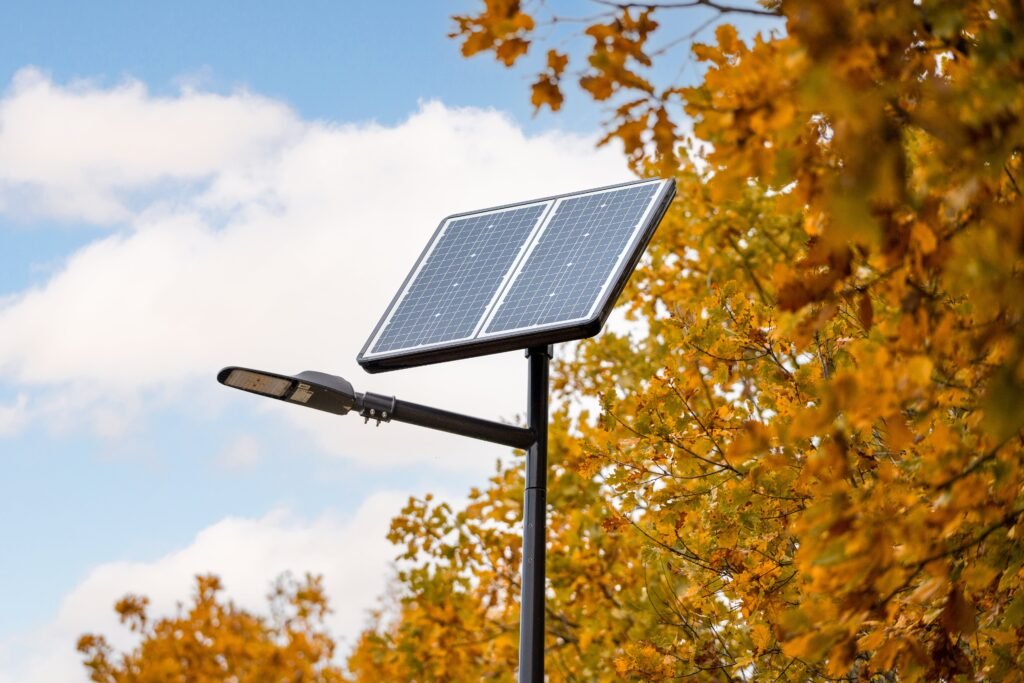
Long-term analysis shows that solar street lights outperform traditional street lights in cost savings, maintenance, and environmental impact.
- Solar lights eliminate electricity costs and reduce maintenance expenses, making them a cost-effective solution.
- They are easy to install, especially in areas without electrical infrastructure.
- As solar technology advances, performance improves, making solar street lights a smart investment for urban and rural projects.
🔹 If you're planning a street lighting project, solar-powered solutions provide an energy-efficient and budget-friendly option!
Contact Us for Custom Solar Street Lighting Solutions
Looking for the best solar street lights for your project?
💡 We offer professional solar street lighting solutions for cities, parks, industrial sites, and off-grid applications.
📞 Contact us today for a free consultation! 🌞💡


